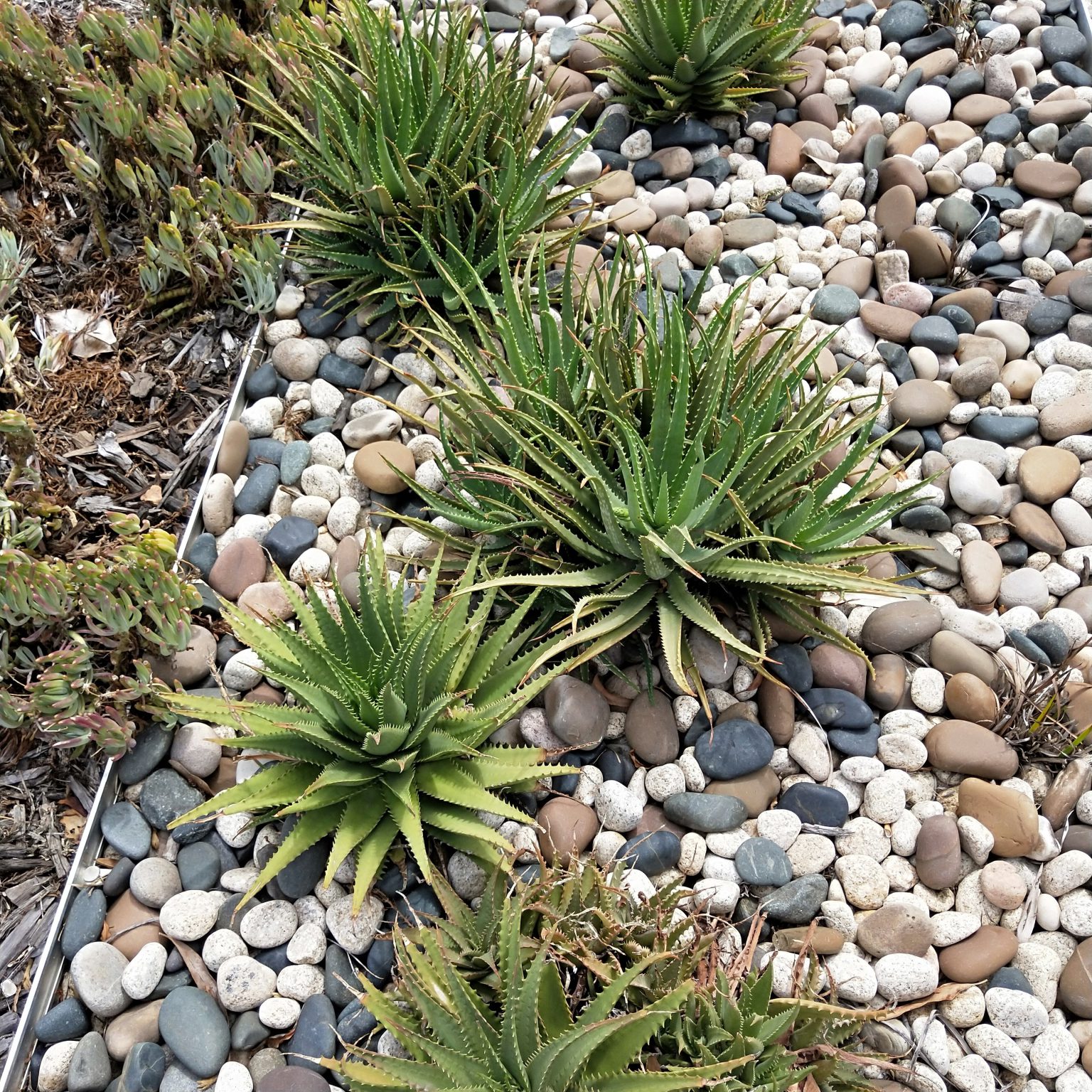
The bushfires along the east coast of Australia last summer have taught homeowners some serious lessons about the plants they should select for their garden.
A drought-tolerant garden, especially if it features plants near the home that are resistant to fire, are looked upon increasingly favourably by prospective buyers and even insurance companies.
As your local real estate agent, we can provide recommendations on appropriate garden centres and garden services that will help you adapt your garden to our changing climate and the needs of homebuyers.
The gardens most popular with buyers feature open areas of lawn, plus low-maintenance plants such as succulents like aloe and agave, which make a dramatic visual impact on their own or within rockery areas.
Other popular species of natives, such as kangaroo paw and banksia, are affordable and can help give your garden form and structure. Foliage of thick, grey leaves will often be the most drought-hardy of wide variety of bushes from which you can choose. Geraniums and even roses are also hardy plants that do not demand much water.
A little online research will reveal hundreds of drought-resistant plants. You should always consider the position that each plant will occupy, the height that it will grow to, as well as whether they like full sun or shade.
Here, we offer seven tips to help you create a drought-proof garden:
1. Foliage rather than flowers: The colour, texture and shape of foliage can create attractive forms and structure to your garden. The most efficient and drought-tolerant is foliage with thick, grey leaves. Discuss your options with experts at a local garden store.
2. Small leaves lose less moisture: A general rule in gardening is that plants with needles or smaller narrower leaves lose less moisture and are more likely to be more heat tolerant.
3. Repetitive planting: Plants always look stunning when planted en masse and drought proof plants are no exception. Create a feeling of abundance by planting in clumps or repeating themes across your garden.
4. Drought-tolerant plants: There’s a vast selection of plants fitting this bill; everything from geraniums and lavender to agave and succulents, grasses to cacti. Some online garden retailers will offer a state-by-state breakdown of the most appropriate plants or use Google images to help you visualise how they’ll fit in your garden.
5.Consider pebbles instead of mulch: Pebbles can provide a stunning contrast to the blues and greys of some drought proof plants. Remember larger stones may heat your garden up further – which can kill off some plants – so choose carefully and stick with lighter shades that will reflect the sun.
